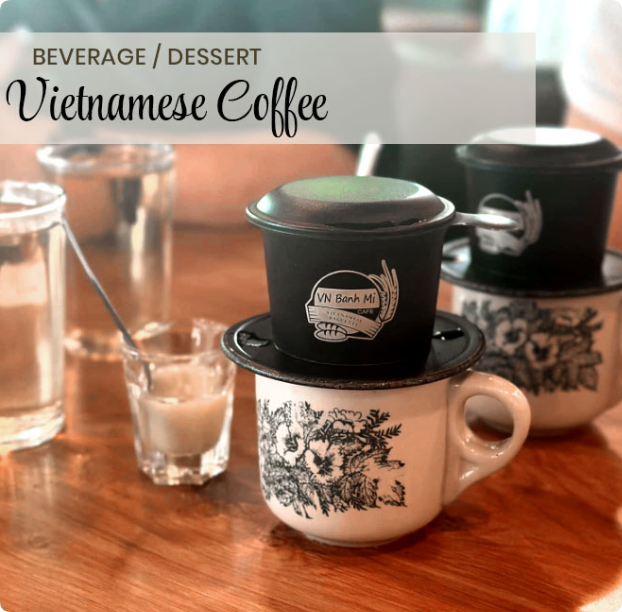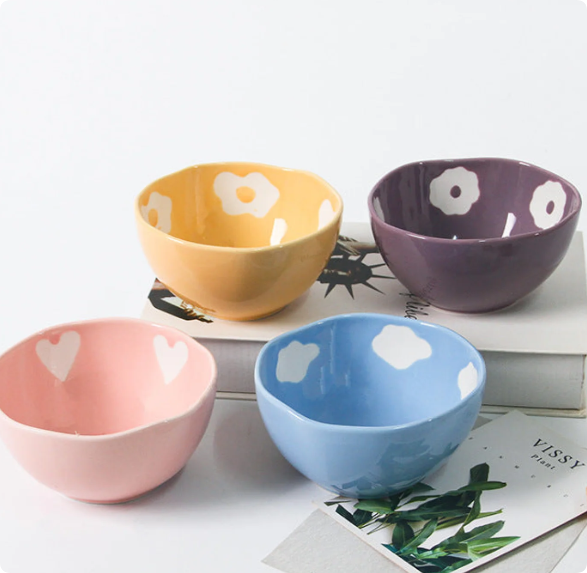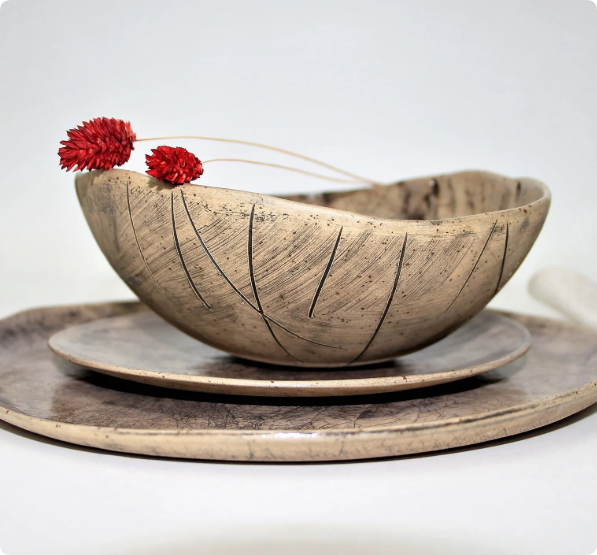The Southeast Asian market is emerging as a key player in the global tableware industry. With diverse cultural influences, rapid urbanization, and increasing disposable incomes, this region presents a fertile ground for exporters of high-quality ceramic tableware. In this blog, we will explore the latest trends, market dynamics, and key opportunities for exporters looking to tap into this lucrative market.
1. The Growing Demand for Tableware in Southeast Asia
Key Drivers of Growth
- Economic Development:
- The region’s GDP growth has averaged over 5% annually, with countries like Vietnam, Indonesia, and the Philippines leading the charge. This economic prosperity has increased purchasing power among middle-class consumers.
- Urbanization:
- Southeast Asia’s urban population is projected to reach 50% by 2030, spurring demand for modern dining experiences and associated tableware products.
- Cultural Diversity:
- Festivals, weddings, and social gatherings play a vital role in Southeast Asian culture, driving demand for aesthetically appealing and functional tableware.
- Rise of E-commerce:
- Platforms like Shopee, Lazada, and Tokopedia have made it easier for consumers to access a wide variety of tableware, further boosting demand.

2. Key Trends in Tableware Preferences
Material Choices
- Ceramic remains the most popular due to its durability, heat resistance, and aesthetic appeal.
- Glass and melamine are also gaining traction for their affordability and lightweight properties.
Design Preferences
- Minimalist designs with neutral tones dominate in urban markets.
- Traditional motifs and bright colors are preferred in rural areas.
Functionality
- Multi-purpose tableware items that combine style and utility are in high demand, catering to smaller urban apartments.
3. Market-by-Market Analysis
The table below summarizes the preferences, demand drivers, and market potential across major Southeast Asian countries:
| Country | Population (millions) | GDP per Capita (USD) | Design Preferences | E-commerce Growth | Market Opportunities |
|---|---|---|---|---|---|
| Indonesia | 280 | 4,700 | Neutral tones, traditional motifs | High | High demand for affordable, high-quality dinner sets for middle-class families. |
| Vietnam | 100 | 4,500 | Minimalist, eco-friendly | Very High | Growing café culture boosts demand for unique and trendy tableware. |
| Philippines | 120 | 3,500 | Vibrant colors, festive designs | Moderate | High consumption during festivals and weddings. |
| Thailand | 70 | 7,200 | Modern, fusion of styles | High | Strong hospitality sector drives demand for premium tableware. |
| Malaysia | 35 | 13,000 | Sleek and minimalist | High | Upscale urban markets seek designer tableware. |
4. Opportunities for Exporters
a. Customization and OEM/ODM Services
- Exporters offering customization services (such as branding, unique designs, and tailored products) are more likely to succeed in meeting regional preferences.
b. Eco-friendly Products
- Sustainable tableware made from recycled materials or with minimal environmental impact is a rising trend in the region.
c. Bulk Orders for B2B
- Hotels, restaurants, and catering (HoReCa) industries are expanding across Southeast Asia, creating a demand for bulk orders of premium-quality tableware.
d. Strategic Partnerships
- Collaborating with local distributors and e-commerce platforms can significantly enhance market penetration.
5. Challenges to Consider
While the Southeast Asian market is rife with opportunities, exporters must navigate certain challenges:
- Cultural Sensitivities:
- Designs should respect local traditions and cultural norms to avoid alienating potential customers.
- Logistics and Distribution:
- Infrastructure in some countries is underdeveloped, leading to potential delays and higher costs.
- Competition:
- Local manufacturers and established global brands offer stiff competition in terms of pricing and quality.
6. Strategies for Success
a. Market Research
- Conduct thorough research to understand specific consumer preferences in each target market.
b. Digital Marketing
- Invest in SEO-optimized content and targeted ads on platforms like Facebook, Instagram, and Google to reach your audience effectively.
c. Product Differentiation
- Highlight unique features, such as handmade designs, premium materials, or sustainability, to stand out from competitors.
7. Case Study: The Rise of Ceramic Tableware in Vietnam

Vietnam has emerged as a hotspot for ceramic tableware due to its café culture and emphasis on aesthetics. A leading exporter leveraged these trends by offering a line of handcrafted ceramic mugs and plates with eco-friendly glazes. By partnering with local e-commerce platforms, the company achieved a 35% increase in sales within a year.
8. Conclusion
The Southeast Asian tableware market offers immense potential for exporters who can align with regional trends and consumer preferences. By focusing on customization, sustainability, and strategic partnerships, ceramic tableware exporters can unlock new growth avenues in this vibrant region.
Exporters should seize the opportunity to capitalize on the dynamic market landscape, ensuring their products resonate with the diverse and evolving needs of Southeast Asian consumers.




